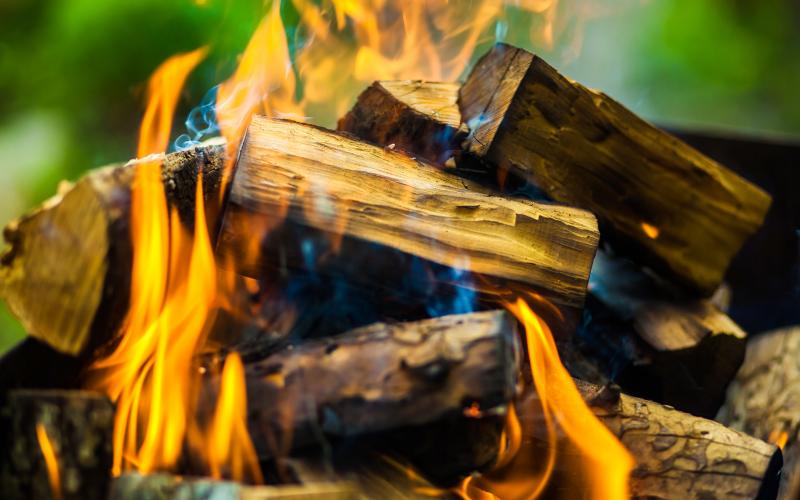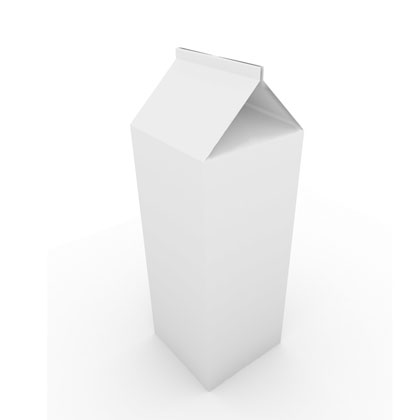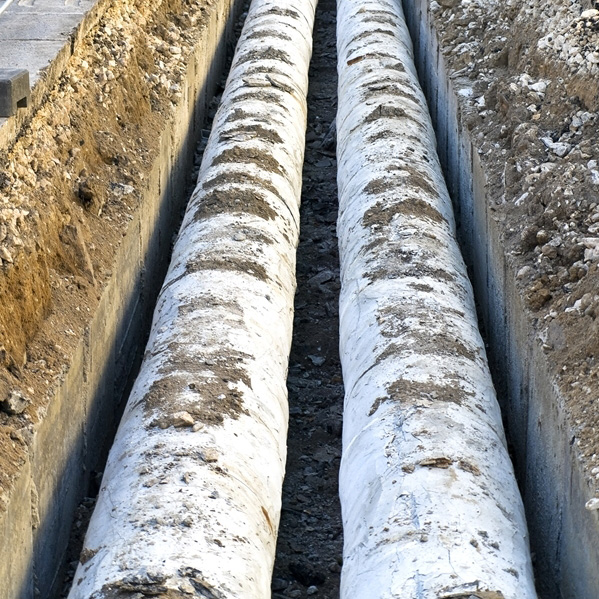Finding a greener ‘end of life’ for wood

Finding a greener 'end of life’ for wood
When considering the best end-of-life (i.e. disposal) options for construction and demolition wood, there are three categories to consider — recycling, burying, or burning. Life cycle analysis gives insight into the least environmentally harmful and costly end-of-life category.
Morris, J. (2017). “Recycle, Bury, or Burn Wood Waste Biomass?: LCA Answer Depends on Carbon Accounting, Emissions Controls, Displaced Fuels, and Impact Costs.” Journal of Industrial Ecology, 21(4), 844–856. DOI: 10.1111/jiec.12469.
What happens to wood after a building is torn down? While the environmental burden of wood processing has become a quintessential battle cry of the environmental movement — think of the image of a redwood being cut down in a pristine forest — less attention is paid to construction and demolition (C&D) wood after it has outlived its use. The options are more or less the same as they are for any other material. C&D wood waste can be recycled, burned, or thrown out. Recent research asks: what is the “greenest” disposal option?
In a study published in the Journal of Industrial Ecology, Jeffrey Morris, a waste and life cycle assessment expert, compared different end-of-life (i.e. disposal) options for C&D wood waste. The aim of the study was to determine which method of disposal is best for the environment and for public health. The researcher also estimated the long-term environmental costs of each use.
His findings suggest that determining the best end-of-life option for wood waste is not as clear-cut as one might expect.
Central to the study is the use of a life-cycle analysis (LCA). An LCA allows researchers to compare the impacts of different items, from production to use to end-of-life. For example, the process can help determine if a reusable bag is more environmentally friendly than a plastic bag. Morris uses an LCA to quantify the effects of eight end-of-life options within three wood disposal categories: burning, burying or recycling. For burning, the wood is burned to generate steam heat energy or electricity. This category is compared to other fuel sources such as natural gas or coal. For burying, the wood is sent to a landfill where methane generated from its decomposition may also be used to generate electricity. Recycling options include processing wood wastes into engineered wood products and making paper from pulp.
Morris looked at seven environmental and public health impacts including climate change, cancer risk, eco-toxicity, and human-induced environmental stress. Subsequently, he calculated the monetized value of each of the disposal options on the basis of their impacts. The monetized value is the long-term cost of damage associated with the effects of disposal. In effect, the monetized value helps to determine how much money will need to be spent in the future to fix the damage that is done today. Determining the monetized value can help answer questions such as: how will burning wood influence carbon emissions and what are the costs related to those emissions? He also analyzed how the best end-of-life use might change after adding additional pollution control measures or changing study parameters.
The monetized valuation revealed that recycling wood has the lowest cost, while burning wood as a substitute energy source for natural gas has the highest. The low cost of recycling is related to the fact that recycling offsets the need for virgin fiber. The high cost of burning wood is related to its detrimental and costly environmental and health effects. These include an increase in carbon emissions from incomplete combustion, and an increase in asthma attacks. The researcher ranked the influence of the disposal options on each of the seven impact categories. For three impact categories — respiratory disease, acidification, and climate change — substituting the wood for coal is the best option. However, this is only the case when the wood replaces high-sulfur coal without emissions controls. In terms of overall cost, the study concluded that recycling is better than burning or burying. But recycling is not the best option for all of the seven impact categories. For example, recycling is the second best option for climate change impacts. When recycling is unavailable, landfilling wood is usually better in terms of overall cost than burning.
Subjectivity lies at the basis of interpretation of every LCA. Depending on the purpose of a particular LCA, the analyst will prioritize which impacts matter the most. For example, an environmentalist might prioritize environmental effects such as climate change. Alternatively, a public health official might prioritize health impacts like respiratory disease. The results of this LCA are particularly interesting for “green” building practitioners or for individuals looking for the most environmentally friendly way to dispose of construction wood wastes.
In effect, this study can serve as a guideline for the proper disposal of C&D wood waste. However, the results must be used with caution. Since the results are situation-specific, it is difficult to reach a definitive conclusion regarding the best C&D wood waste disposal option for all disposal scenarios. There is, however, one absolute truth that can be gained: while there are a diverse number of end of life options are environmentally and economically viable, recycling seems to be a good option.




